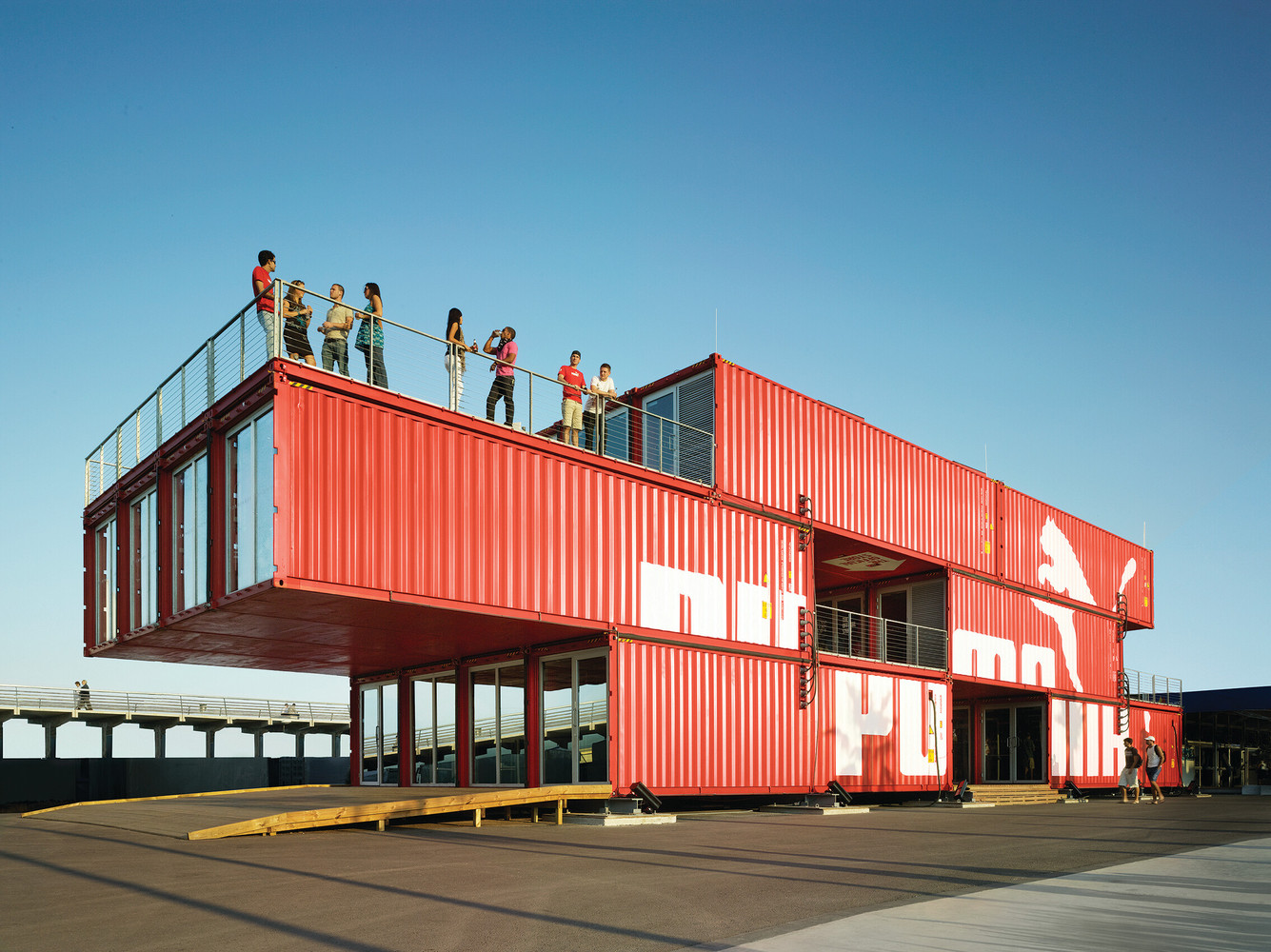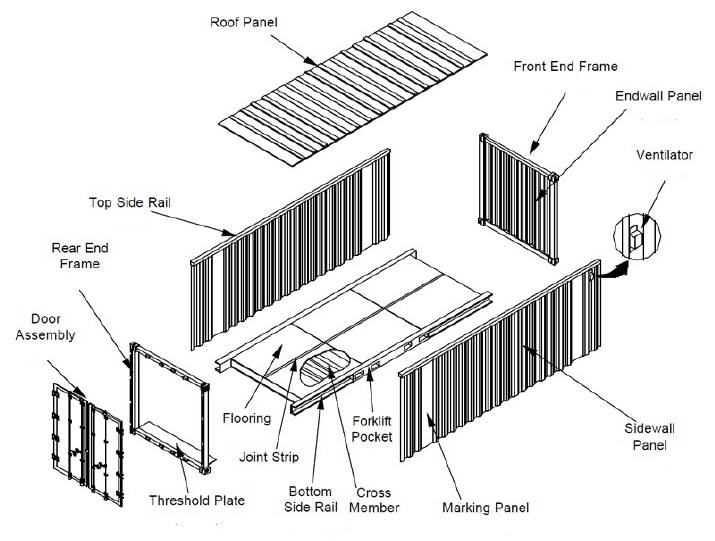The twenty-first century is all about experimenting with non-traditional architectural techniques in order to achieve sustainability, affordability, and speed of implementation.
Shipping Container Architecture, also known as “Cargotecture” or “Arkitaner,” is a type of architecture that employs steel intermodal containers as a major structural element due to their inherent strength, low cost, and environmentally friendly behavior when compared to traditional building materials such as brick and cement.
History and initial development stages
Malcolm McLean changed the transportation sector by designing Shipping Containers in the 1950s. These containers were practical, efficient, and structurally robust, demonstrating that they are excellent building materials.
The fascination with container ports and their potential dates back to the late 1960s, when Reyner Banham wrote an article about how they embody cities’ technical achievements. Banham popularised the concept of shipping containers as “plug-and-play” architecture, praising them for their industrial-inspired metabolism and simplicity.

These containers were used to transport troops and bases abroad during the Vietnam War. The military frequently employed shipping containers as emergency shelters because their stacking properties provided a shield of protection and safety.
Phillip Clark, who patented his particular process of converting these raw steel boxes into livable places, developed the first-ever built shipping container home in 1987.
Phillip C. Clark patented this invention in 1987 for transforming one or more steel shipping containers into a habitable building on a construction site. Many current shipping container architectural ideas appear to be based on the diagrams and information given in the patent papers.
Properties of shipping container architecture
The utilization of shipping containers as building materials has a number of advantages. They’re built to last, arrive pre-assembled, and can withstand a variety of tough conditions. They can be easily transported by train, truck, or ship (which is exactly what they were meant for), and they may be stacked to make various-sized shipping container buildings.
Furthermore, constructing a shipping container home is rather straightforward. It is not difficult to convert them, and they are relatively inexpensive and adaptable to a variety of applications. When you add in a grungy appeal, it’s easy to see why so many people think they’re a winner. The software aids in the creation of a new design.

The advantages of shipping container architecture
Strength and durability: Containers are made to be stacked in high columns and to hold hefty loads. They’re also made to withstand extreme conditions, such as being sprayed with road salt while being hauled on roadways or being used on ocean-going vessels.
Modular: Because all shipping containers are the same width and most have two standard height and length measures, they can be merged to form larger constructions. This makes the design, planning, and transportation easier.
Eco-friendly: Over 3,500 kg is the weight of a 40-foot shipping container. Thousands of kilograms of steel are saved when shipping containers are upcycled. Furthermore, while using containers, the amount of traditional building materials (such as bricks and cement) required is lowered.

The disadvantages of shipping container architecture
Claims of their sustainability – which are largely associated with the fact that they were once used for transport and are given a new life as shipping container buildings – should be balanced with the fact that they are made of steel and therefore have very poor insulation qualities. They require much better insulation than alternatives.
Temperature: Steel conducts heat strongly, thus containers used for human habitation in a climate with dramatic temperature swings will need to be better insulated than most brick, block, or wood constructions.
Construction site: The size and weight of the containers will almost always necessitate the use of a crane or forklift to place them. Even to the upper levels, traditional brick, block, and wooden construction materials can typically be hauled by hand.

Conclusion
Containers are a great building material in many aspects because they are sturdy, resilient, stackable, cuttable, mobile, modular, abundant, and relatively inexpensive. Architects and laypeople have utilized them to construct a variety of structures, including homes, offices, flats, schools, dorms, artists’ studios, emergency shelters, as well as swimming pools. Instead of building shelters, they are also utilized to provide temporary secure places on construction sites and other venues on an “as is” basis.



